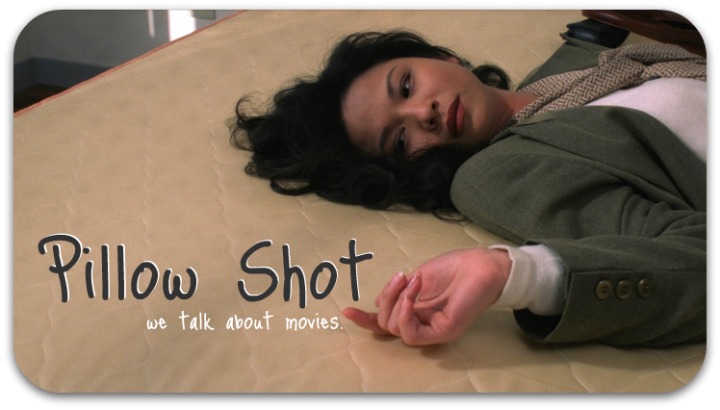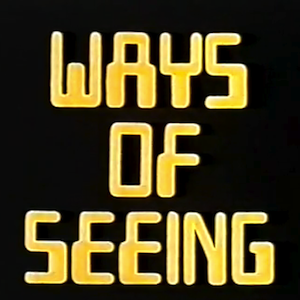John Berger’s Ways of Seeing originally took form as a 1972 BBC documentary series. The four 30-minute episodes explore subjects of art history and criticism, which are roughly identified as: psychological aspects of art observation, representation of the female nude, the rise of the European oil painting and functions of commercial art and advertising.
The book adaptation of the series appeared shortly after, as a collection of essays composed by Berger and his collaborators using similar themes. It is a frequently mentioned title in the area of introductory art theory and has decidedly outgrown the reputation of its predecessor.
All the same, the essential force of Berger’s argument comes across far more effectively in its original form. In the first episode, which contains the most film-related content, Berger discusses the manipulation of silent, still images via animation. The ensuing experiment, which demonstrates how fragmenting an image or changing the accompanying audio can alter its perceived meaning, is explicitly constructed for the televisual medium. The self-reflexivity present in the television version, as Berger explores the mechanical means used in constructing his argument, contributes positive dimension. The book proffers a number of picture essays as its medium-specific equivalent, but the manner of explanation produces inferior results.
Berger’s experiment is also reminiscent of the early theories developed by Lev Kuleshov. Kuleshov’s original experiment, which demonstrates the so-called “Kuleshov effect,” emphasizes the importance of juxtaposition between shots in film editing. This principle formed the theoretical basis of Soviet montage cinema, influencing the likes of Sergei Eisenstein, Dziga Vertov and Vsevolod Pudovkin.
Berger references Vertov’s writing and 1929 film Man with a Movie Camera as means of explaining the changes in visual perception that came with the advent of the “kino-eye.” Ways of Seeing is necessarily informed by preceding theorists, but it derives most of its influence from Walter Benjamin’s 1936 essay “The Work of Art in the Age of Mechanical Reproduction.”
As they stand, Berger’s book and TV series are historical documents themselves. After nearly 40 years, a stance predominated by Marxist theory and the ideological frameworks furthered during that decade naturally sounds dated in some respects.
At its worst, Ways of Seeing is a popularized version of theories that have since evolved. However, just as Berger applied concepts from Kuleshov and Benjamin in an appropriate way, his viewpoint is both easily recontextualized and in possession of persistent themes that still require critical examination. Overall, the television series remains thought-provoking and encouraging, especially as a reminder of genuinely enjoyable broadcast content.



No comments:
Post a Comment